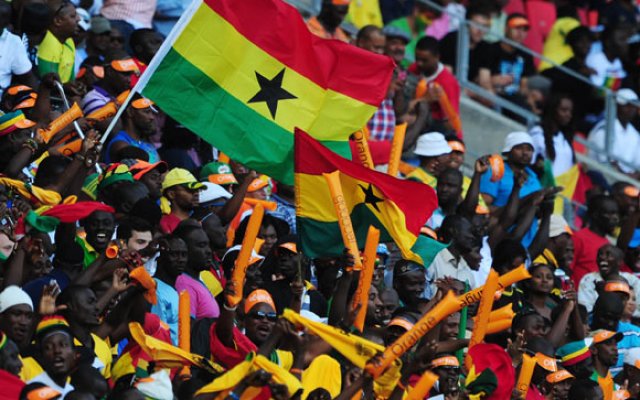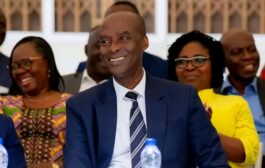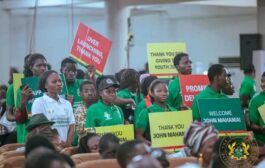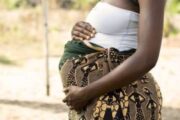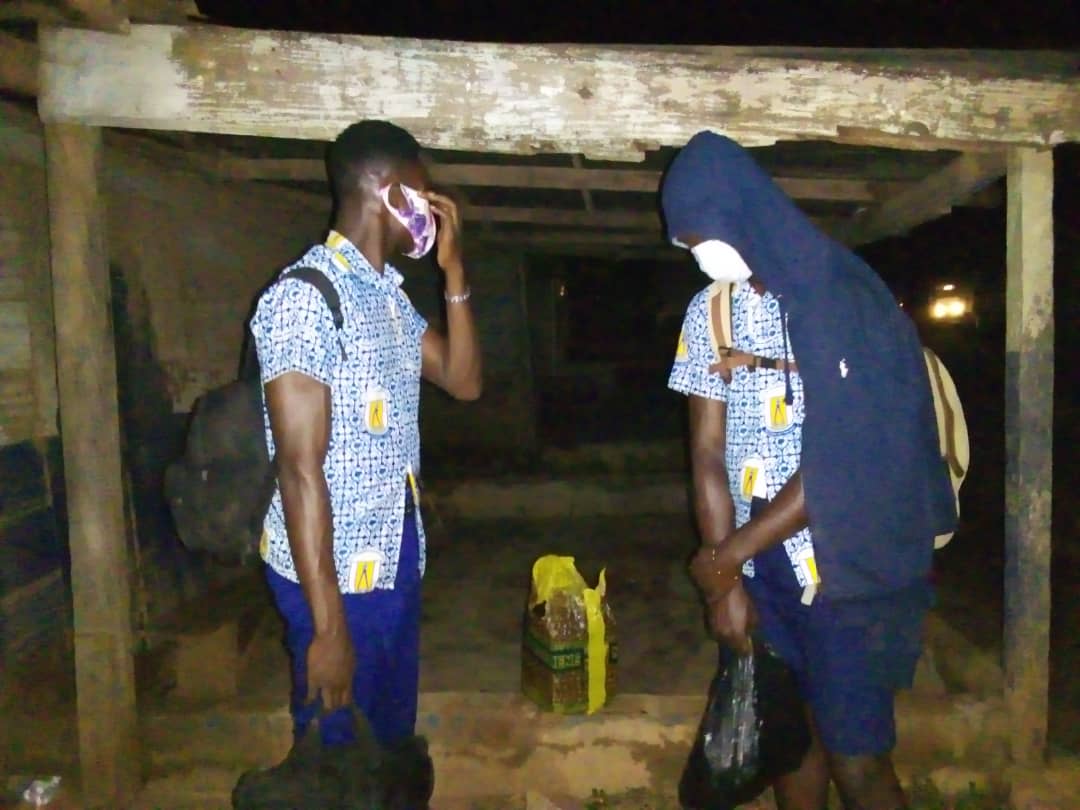The de facto population in Ghana on Census Night was 30,792,608 made up of 15,610,149 females and 15,182,459 males.
Overall, females make up 50.7% of the population and males 49.3%, giving a national sex ratio of 97 males for every 100 females.
In all 8,345,414 households were enumerated, with an average national household size of 3.6 persons.
The national population density in the 2021 PHC is 129 persons per square kilometer.
Over ten million (10,661,421) structures were counted during the listing, out of which8, 547,391(80.2%) are fully completed i.e. roofed with windows and doors fixed.
Ghana’s population figure from the 2021 PHC is 30.8 million.
The population has grown almost fivefold since the first post-independence census was conducted in 1960.
Ghana’s population is growing, but at a declining rate compared with previous censuses.
Females make up a greater proportion of the population in the 2021 PHC as has been the trend for the past four censuses. They outnumber males in 10 out of the 16 regions.
Greater Accra has overtaken Ashanti as the nation’s most populous region.
Ahafo has replaced Upper West as the nation’s least populous region.
The average household size, which has been on the decline since 2000, is 3.6 members.
Out of the 10.7 million structures listed, 20% were metal containers, kiosks, and wooden structures.
One out of every five of the structures listed was not fully completed.
The information on structure usage indicated six out of every 10 structures were for residential use.
Source: Mybrytfmonline.com



